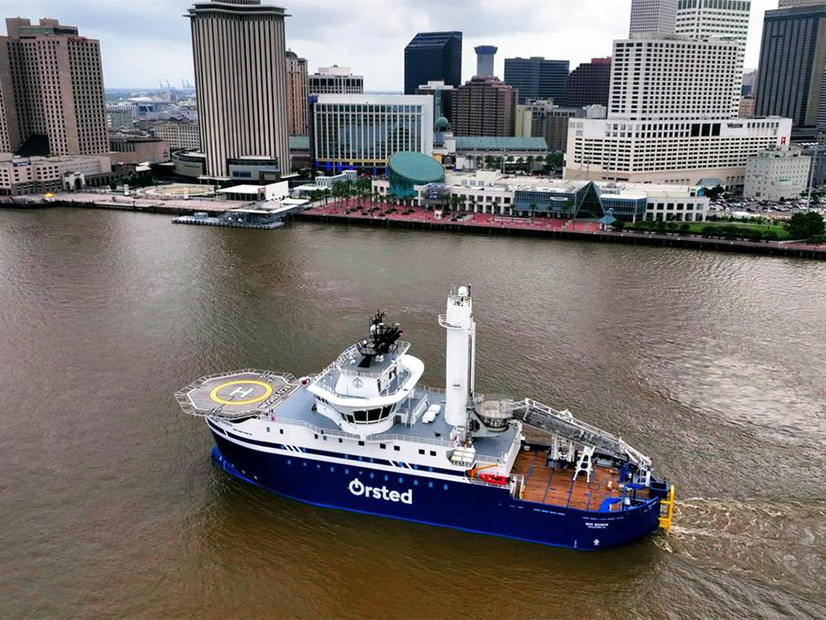
Two offshore wind projects have rebounded from the financial turmoil of 2023, finalizing replacement contracts with New York for 1,734 MW of capacity.
Empire Wind 1 and Sunrise Wind were among a flurry of contract cancellations from Massachusetts to Maryland in the past year as costs soared to the point that construction became untenable. The two New York contracts announced June 4 are informed by the setbacks of the past year, in which developers recorded billions of dollars in impairments and government managers saw development pipelines built over the course of years shrivel in a matter of weeks.
Importantly for the state, Empire and Sunrise are mature proposals, with key approvals in hand and onshore construction already underway. If built as planned, they will be the largest power generation projects in New York in more than a third of a century and an important piece of the state’s decarbonization and economic development strategies.
“New York is leading the nation to build the clean energy industry, create good-paying jobs and advance our climate goals,” Gov. Kathy Hochul (D) said in a statement. “Offshore wind is a critical piece of our clean energy blueprint to address the climate crisis, and our investments are building a healthy, sustainable New York so that future generations can thrive.”
New York has a 2035 goal of 9 GW of installed offshore wind.
South Fork Wind gave the state its first offshore electricity. What it lacks in size — 132 MW — it makes up in bragging rights as first utility-scale project completed in U.S. waters.
Lengthy History
Equinor/bp and Ørsted/Eversource Energy were awarded contracts for Empire and Sunrise, respectively, in New York’s 2018 solicitation.
Inflation and interest rates soared in 2022. The two sought increased compensation from the state in June 2023, had their request rejected in October, were invited to rebid in November and were awarded tentative contracts in February. Those contracts are now finalized.
Empire Wind 1 has a contracted nameplate capacity of 810 MW and is expected to generate first power in 2026. It received the green light from the U.S. Bureau of Ocean Energy Management in November. Equinor has begun rebuilding the South Brooklyn Marine Terminal as a hub for its own projects and for the industry.
Equinor and bp have severed their partnership, giving Equinor sole ownership of Empire. It is looking for a new partner and expects to make a final investment decision on the project later this year.
“Empire Wind 1 is a defining project for Equinor, and the [purchase and sale agreement] is an important milestone in de-risking and ensuring a robust path forward as we work toward delivering first power,” Molly Morris, president of Equinor Renewables Americas, said in a statement.
Sunrise has a contracted nameplate capacity of 924 MW and also is expected to generate first power in 2026. Ørsted and Eversource announced their final investment decision in the project in late March, on the same day BOEM gave Sunrise the green light. Onshore transmission infrastructure work already has begun.
Award of a final contract is one of the milestones that would trigger Ørsted’s buyout of Eversource’s half of the Sunrise project. Others — FERC and BOEM approvals — are yet to come.
The new contracts carry a sharply higher upfront cost for ratepayers along with the promise of an unquantifiable societal benefit from decarbonizing the grid and billions of dollars in economic activity.
The original contracts had an all-in average development cost of $83.36/MWh in 2018 dollars, with an average residential monthly bill impact of 73 cents. New York said the new contracts carry a weighted average all-in lifetime development cost of $150.15/MWh, with an average monthly bill impact of $2.09.
This story was updated with additional information about the Ørsted-Eversource partnership.



